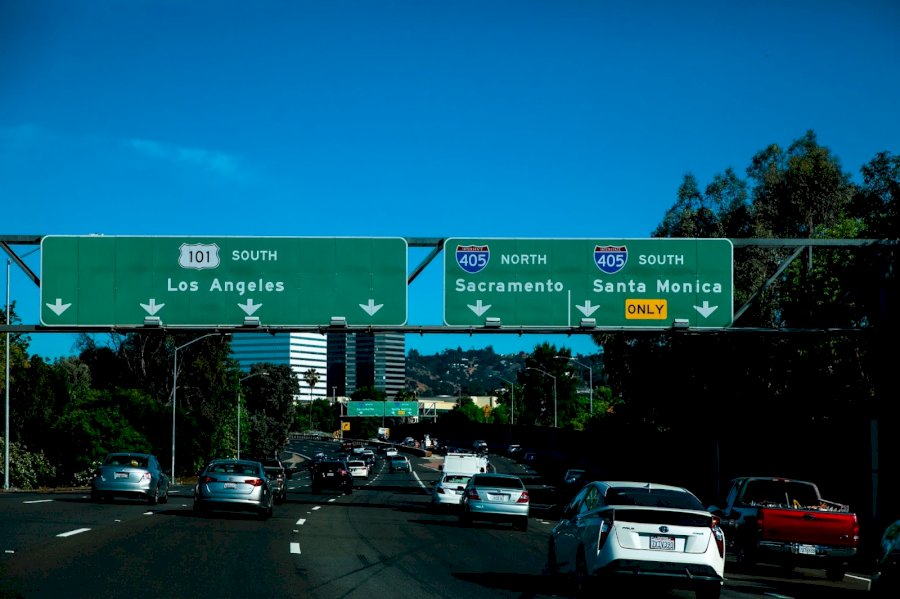Having well-planned routes for your transportation service has become a vital necessity for success. If this work isn't done well, you can lose valuable time and customers, all of which comes at the cost of less revenue. Everyone, both drivers and customers, hates being stuck in traffic.
If you use the right type of application, you won't have to worry about any of the above problems. You'll be able to shorten routes, maintain impeccable schedules, and increase your customer satisfaction levels. It's important to know the difference between static and dynamic route planning. We'll explain the features of each so you can decide which one best suits your business.
Dynamic route planning
The work of a taxi driver or delivery driver never becomes monotonous due to the diversity of reservations and orders. Because of this, the variety of routes varies daily, bringing dynamic optimization into the equation. Dynamic scheduling is the process of creating a unique route to serve the day's orders. Or, fulfilling all reservations in the same area.
With the help of software that includes route planning, you won't have to worry about wasting time every day. There will be a planned route, although that doesn't mean it can't be altered based on external factors. Such as traffic, road repairs, accidents, and others can be reflected in the app. Dynamic planning also consists of the following two parts:
The generation of new routes
Planning software automatically provides route alternatives; it will only show the best options thanks to its algorithm. As you enter stops or booking locations, the route is created in a matter of seconds. The positive aspect is that software like the one we offer at ToolRides has built-in GPS, which is reliable and works in real time.
Evolutionary route optimization
Even if the driver has already left the base, the route may be altered. Despite having already been created, a dynamic planner continues to optimize the route while driving throughout the day. Therefore, stops can be added or reduced, pauses can be made, or they can be canceled in the event of an emergency.
Advantages of dynamic planning
Dynamic scheduling is a great way to make deliveries or trips efficient. That's why we've compiled a list of the main advantages, so you can analyze whether this option is right for your transportation service.
-
Save time driving from stop to stop: Dynamic routing software calculates the fastest possible route, ultimately saving time. This allows you to complete more deliveries on time and achieve higher revenues.
-
Reduce fuel consumption and the number of repairs per vehicle; dynamic routes minimize time. You don't spend as much time at each reservation or stop, so you'll use less fuel and reduce mileage.
-
It helps customers calculate their estimated arrival time more accurately. Software based on this type of routing uses real-time data to create optimized routes. This way, customers can understand every detail, making the service more attractive to them.
Static route planning
Static route planning is used to create long-term routes. These generally don't vary from day to day or week to week. If your drivers already have regular customers by serving them at the same time, then they use static routes. Before software, this was the standard way of organizing transportation services.
These are done only once or twice a year, and are planned quarterly at most. Of course, as with everything, there are exceptions, and it could happen that you already have regular clients and a new one arrives, which would require changes. Another situation would be losing a client or having the planning fail, the latter being a higher priority than the former.
Advantages of static planning
Static planning may seem like the best way to plan your delivery route because it's long-term. However, for your business, like all current ones, dynamic planning is likely better. Take a look at these pros to make the decision much easier when the time comes.
-
A device like a computer or mobile phone isn't necessarily required. With a list of regular stops written on paper and pen, you can create routes for routine deliveries.
-
You can prepare your vehicles in advance, as you'll know how many stops you'll be making in advance. Estimate how much gas you'll use, as well as the other fluids the car requires, such as brake fluid.
Hybrid routing
The positive aspect of this digital era is that you can carry quality, personalized routing apps in your pocket. Even drivers who primarily use static routes can benefit from these. Hybrid routing starts with having a static route that's set for each day. You can then add dynamic routing, using an app like ToolRides to optimize the route for that specific day.
What will you choose to improve your business?
Now you not only have the two options we showed you at the beginning, but there's a third wildcard. Our advice is, no matter what you decide, always keep in mind that simplifying processes will benefit you. So, consider investing in customized software tailored to your transportation service, preferably from ToolRides.






